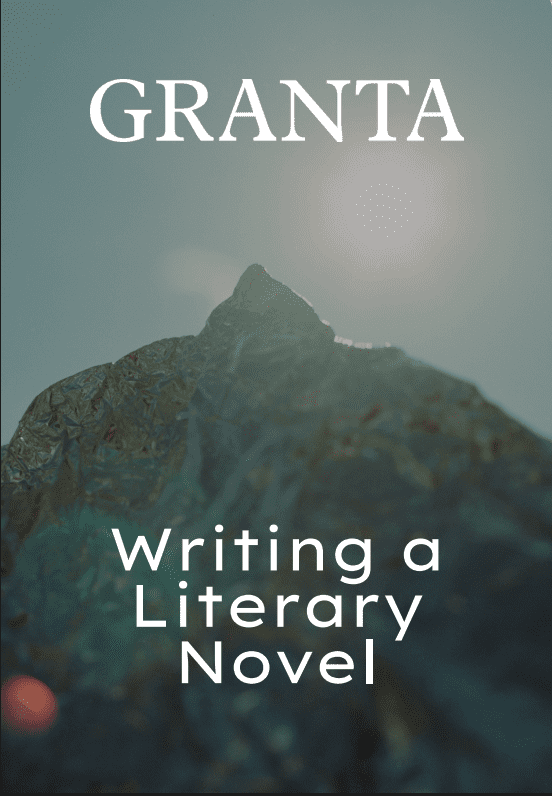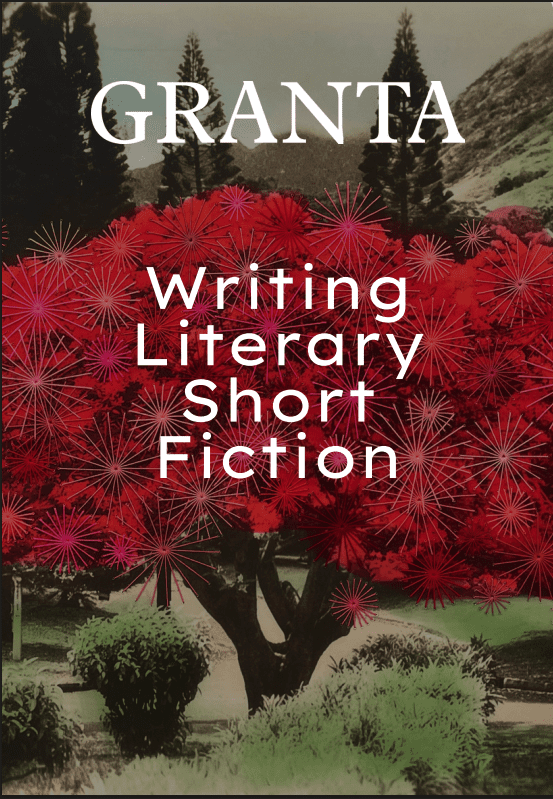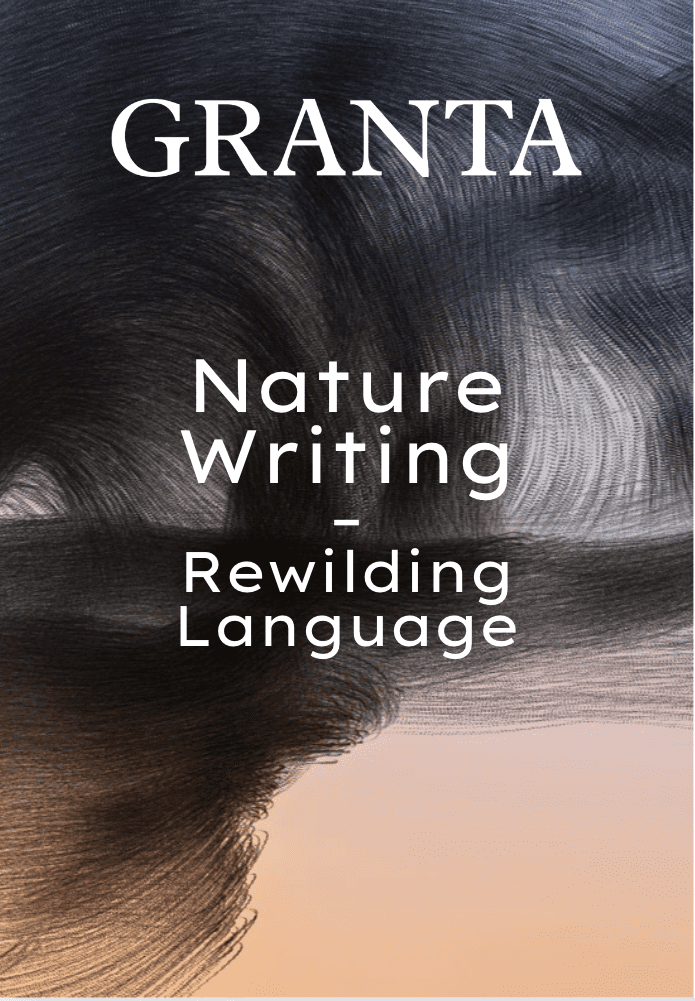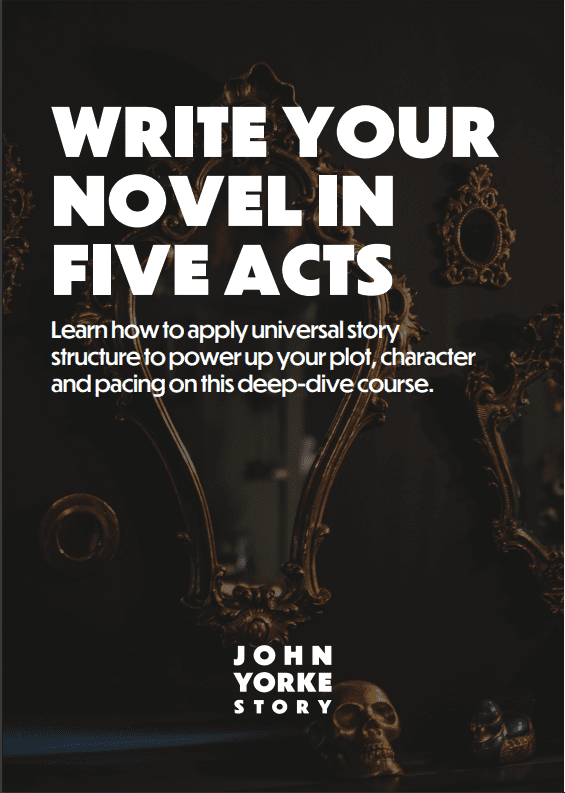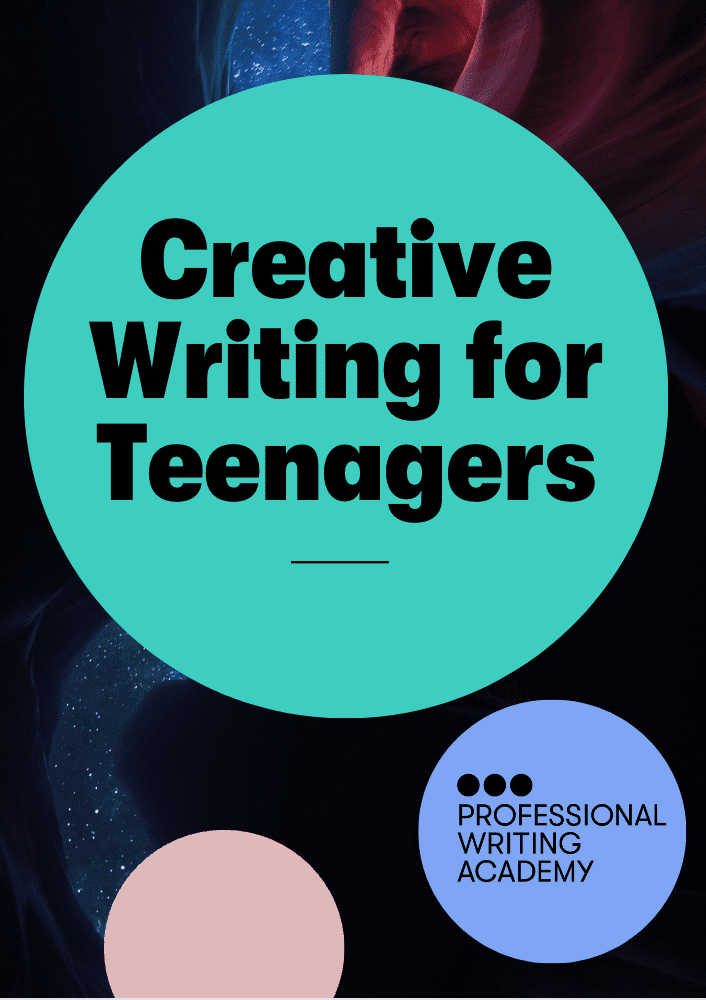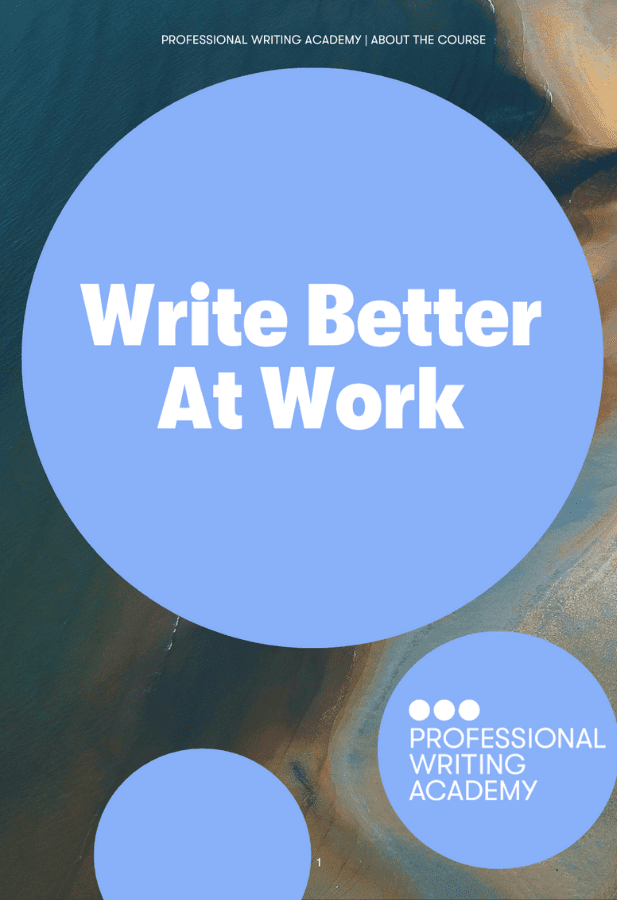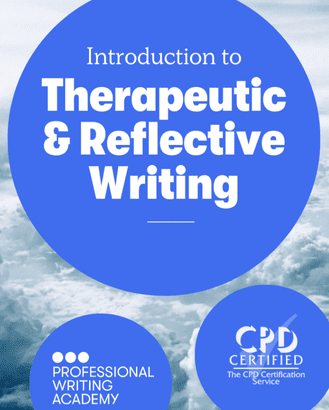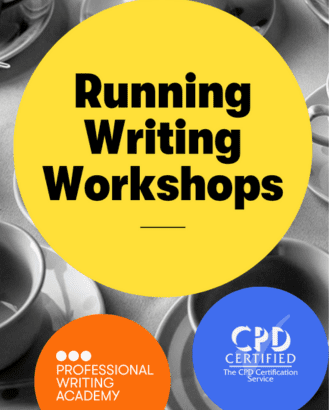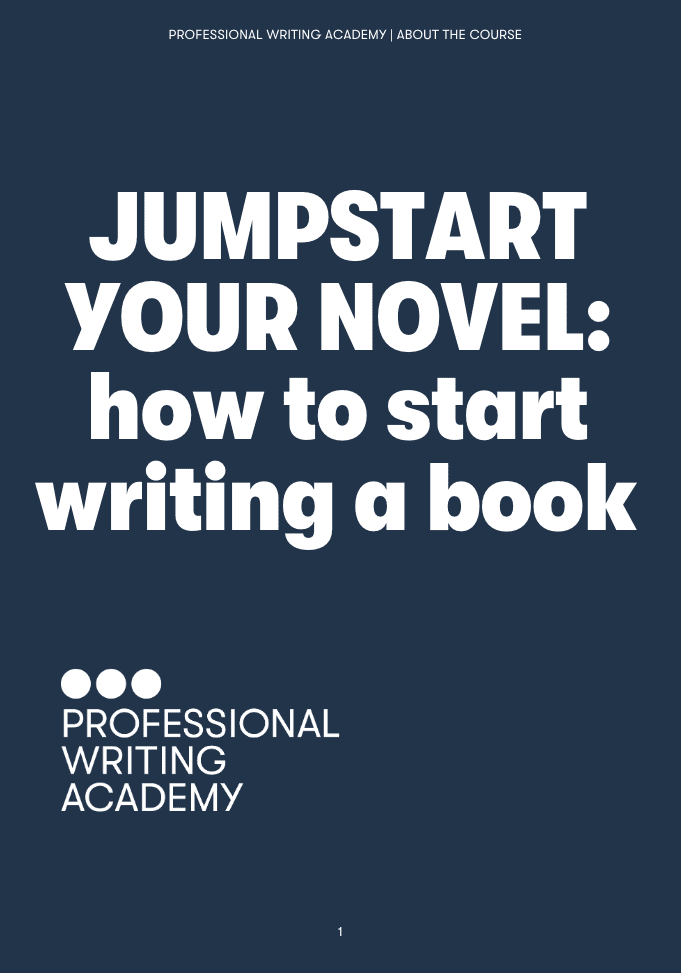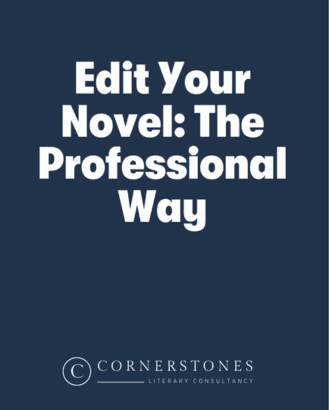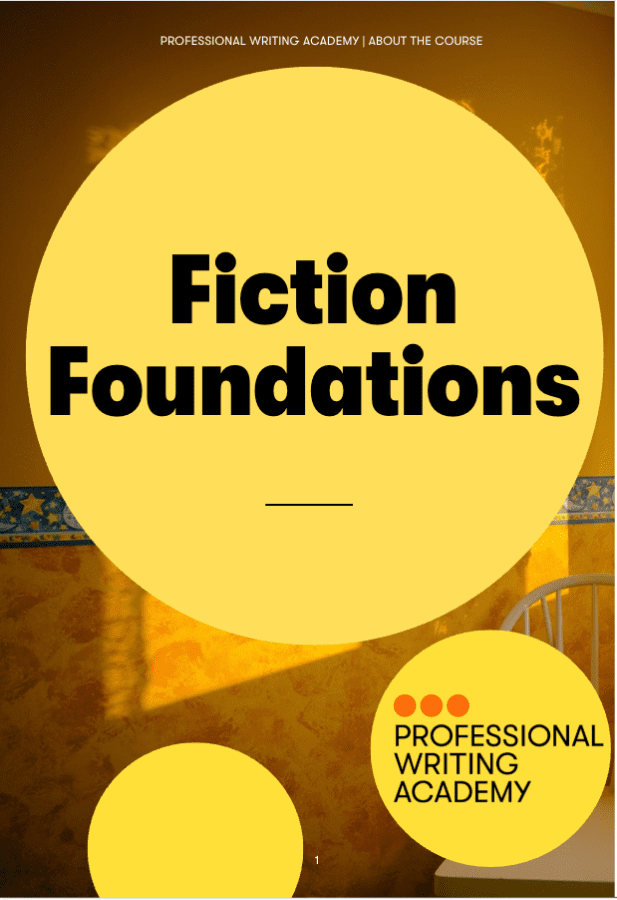Q – Hi Jo, and thanks for joining us. Would you like to start off by telling us a little bit about your journey as a writer?
Jo Furniss – Glad to be here! So, I started off as a journalist. I worked for the BBC in radio and then went freelance for some years. Then, when my kids were young, I decided to do an MA. I took the MA in Professional Writing at Falmouth – I was living in Switzerland at the time, so I needed to study online.
I intended to focus on writing non-fiction but I’d always fancied the idea of writing fiction (I’d dabbled a bit in the past), so I ended up taking Fiction as my final project. That 20,000 words turned into my first novel. When I say I’d dabbled though… I’d actually written a whole novel that I abandoned!
As soon as I took the MA – which in parts is very similar to Faber Academy’s Getting Started: Beginners’ Fiction course, and the longer Writing a Novel course – I realised what had been wrong with that abandoned novel.
Q – How important would you say that the MA was for your writing? Do you think you would have been able to carry on with your novel/write a new one without the formal education?
JF – Obviously, I learnt a lot about craft and structure via the formal education. I think I also learnt a lot by critiquing and analysing other people’s work – as is the process on all PWA and Faber Academy courses. In addition, I learnt how important it is to write in a disciplined way: writing is work. If you wait around for The Muse, it’ll never get done.
I also learnt how important it is to have colleagues and a community – in real life or online. And, finally, taking the course gave me permission to focus on writing. As soon as I did focus, the novel came quite quickly. My final project for the MA turned into my first published novel. An exercise I wrote for Tom Bromley (who runs the Writing a Novel course) became my second.
Many authors write without studying and that’s fine, but I think you can hone your skills. Learn to read like a writer. I dip into my craft books all the time to get a nudge when I’m struggling.
– Jo Furniss
Q – Do you feel that one can really train to be a writer, or is it a talent we either have or we don’t?
JF – When you think about painters or pianists or athletes, it would be crazy to imagine them doing what they do without training. Artists study other artists. Musicians have lessons and hours a day of practice. Runners have a coach.
Obviously, many authors write without studying and that’s fine, but I think you can hone your skills. Learn to read like a writer. I dip into my craft books all the time to get a nudge when I’m struggling.
Q – I’m finding it difficult working out how to start my novel. There are lots of ideas floating around, and the storyline, but I’m not sure of the best place to begin to suck people in. Any advice?
JF – It’s hard. I wrote and re-wrote the beginning of my first novel so many times. Even after I started sending to agents I got feedback that it was too slow, so I took another 10,000 words out of the first three chapters. My advice – just write forward, don’t stop, get to the end and sort it out later. Writing is editing etc.
In terms of working up an idea, I like the snowflake method – write a one-line description of your novel, then expand it to a paragraph, then a page, then a synopsis. You can find loads about the snowflake method online.
One of my colleagues said, ‘you should start with this bit and then jump to this bit’, and ended up cutting three chapters down to one. Having fresh eyes on your words can be crucial.
– Jo Furniss
Q – Removing 10,000 words must’ve been a huge undertaking. How did you decide what to lose?
JF – One of my colleagues from the MA was a huge help, because he said, ‘you should start with this bit and then jump to this bit’, and I could suddenly see the wood for the trees! I cut three chapters down to one chapter. Having fresh eyes on your words can be crucial.
Q – During critiquing did you ever find the quality of other people’s work intimidating and, if so, how did you maintain belief in your own style?
JF – It’s easy to be intimidated by other people’s work. I suppose I didn’t really have any idea what my style was, so I tried things out and used the feedback as a barometer of what worked and what didn’t.
Sharing work during those first weeks was stressful, but it’s remarkable how quickly everyone gained confidence – or developed a thicker skin
Q – What has been your biggest inspiration for your writing?
JF – My biggest inspiration is other writers, I suppose. There are so many that I revere, and I’d love to write something that one of my heroes reads and recommends.
But also – and this is a bit naughty – sometimes I read things that I don’t rate so much and I think ‘well, I’m sure I could do better!’
It’s much better not to overthink on the first draft – and that applies to all writers, beginner or super-experienced!
– Jo Furniss
Q – For a beginner, would you say it’s best just to write and not overthink things?
JF – Definitely. It’s much better not to overthink on the first draft – and that applies to all writers, beginner or super-experienced! My favourite quote is ‘nothing should stand between you and your shitty first draft’. Just get it down, however messy, and deal with it later. Better to edit a mess than a blank page.
Honestly, you wouldn’t believe how much can change during the editing of a novel. Just write and write and write.
Q – What was the process of finding an agent like?
JF – I won’t lie, it was a slog, but I tried to see it as a rite of passage!
It took about six months and twenty or so rejections. I found my agent thanks to Twitter. My friend spotted that an agent had tweeted that she was looking for a book just like mine.
She used the hashtag #mswl, which stands for Manuscript Wishlist. I’d highly recommend following that once you’re ready to start submitting. I sent her my submission right away and we were signed up within a week. She’s in the US, so that means I also have a US publisher now
#mswl is really useful – in case you’re interested to hear the whole story, my agent and I wrote a piece about how we found it each other via MSWL.
Do what feels natural. I know authors – successful authors – who write every which way. Some plot every scene. Some write incredibly twisty plots without knowing how it will end or how the strands will tie together.
– Jo Furniss
Q – How much do you plot before you start to write? How do you organise your material?
JF – By nature, I’m a plotter. For my first novel, I certainly knew how it would end and maybe two or three of the major plot points on the way.
But then I just wrote from A-Z. It worked for that novel because it had one point-of-view character and the structure was simple.
My second novel, though… urgh, well, I nearly sent myself mad. It was way more complex. Two POV characters. Timelines in the present and past. Loads of red herrings and reveals. I should have plotted it more tightly, I think.
My advice would be to do what feels natural. I know that isn’t much help because when you’re starting out you don’t actually know what feels natural, but I know authors – successful authors – who write every which way.
Some plot every scene. Some write incredibly twisty plots without knowing how it will end or how the strands will tie together.
One thing that definitely works for me is to write a synopsis early on – literally just an account of what happens in the novel, point by point, so that I have it clear in my head. I adjust the synopsis as and when it changes
The other thing I would say is that when I plan, I always hope the character and plot will develop hand-in-hand, because two are interlinked. The plot will change the character and the character will change the possibilities of the plot
Q – Do you think you’ll go back to writing with just one POV?
JF – I liked the space that I had in the first novel to develop the depth of the main character. In my second novel, I felt that the character got a bit overwhelmed by the twisty plot (you see, I’m critiquing myself now!)
In my third novel, I also have two POV characters with alternating chapters, and their stories interlink again. We’ll see how it goes…
Q – Thank you for your time, Jo, and good luck with your third novel!
JF – Thank you, and good luck with the rest of the course and beyond.
Jo Furniss, a student from our Introduction to Writing Crime Fiction course, landed her first book deal in 2017 while learning online with Professional Writing Academy. As of 2024, Jo has a new publishing contract to write four “locked-room” crime novels. The first is Dead Mile, a murder mystery set on a gridlocked motorway, due to arrive in July 2024.




